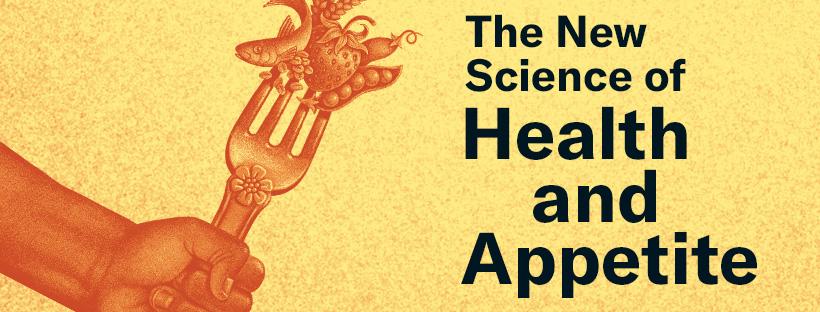


Awesome discoveries. Expert insights. Science that shapes the world.
205 people like this
0 Posts
0 Photos
0 Videos



